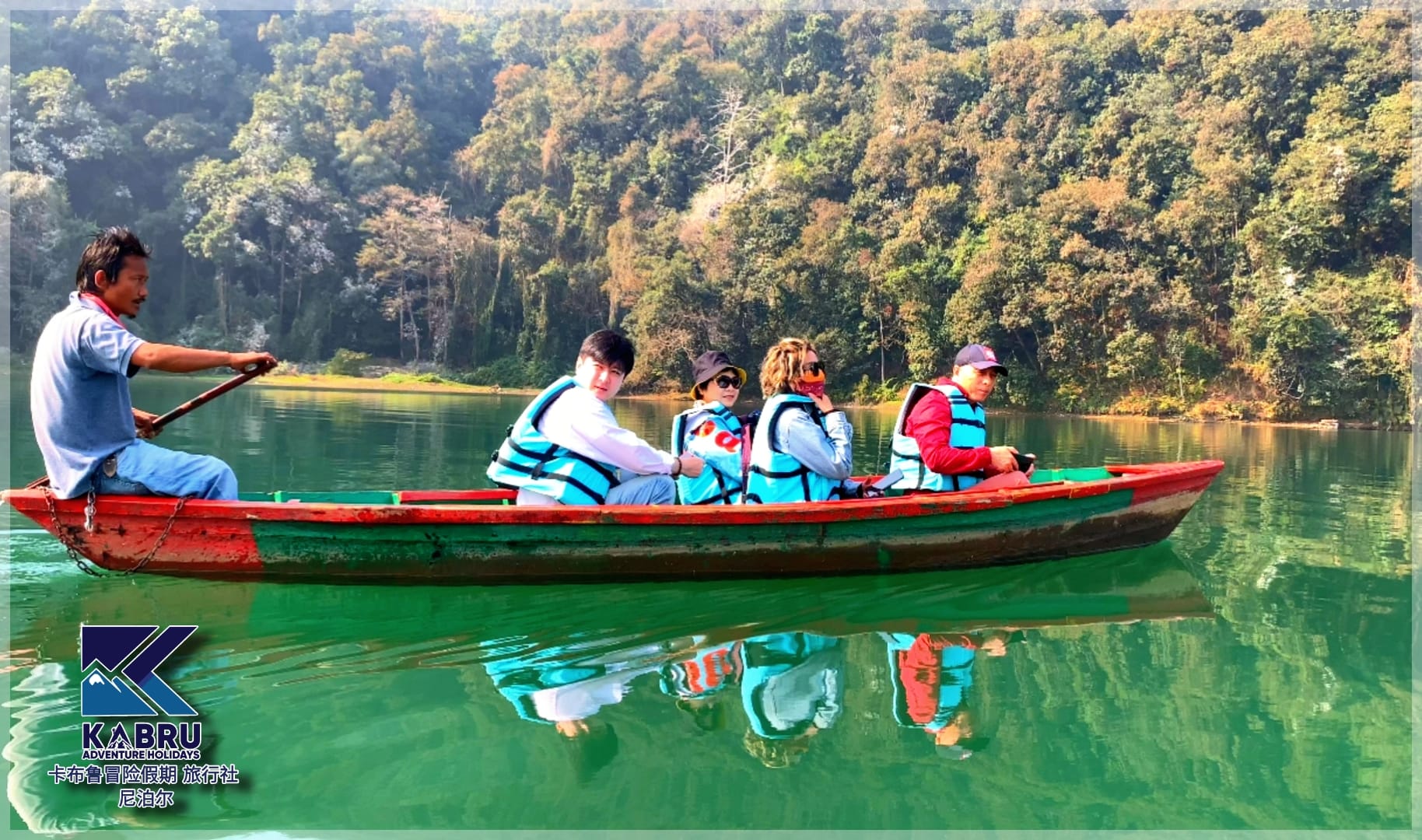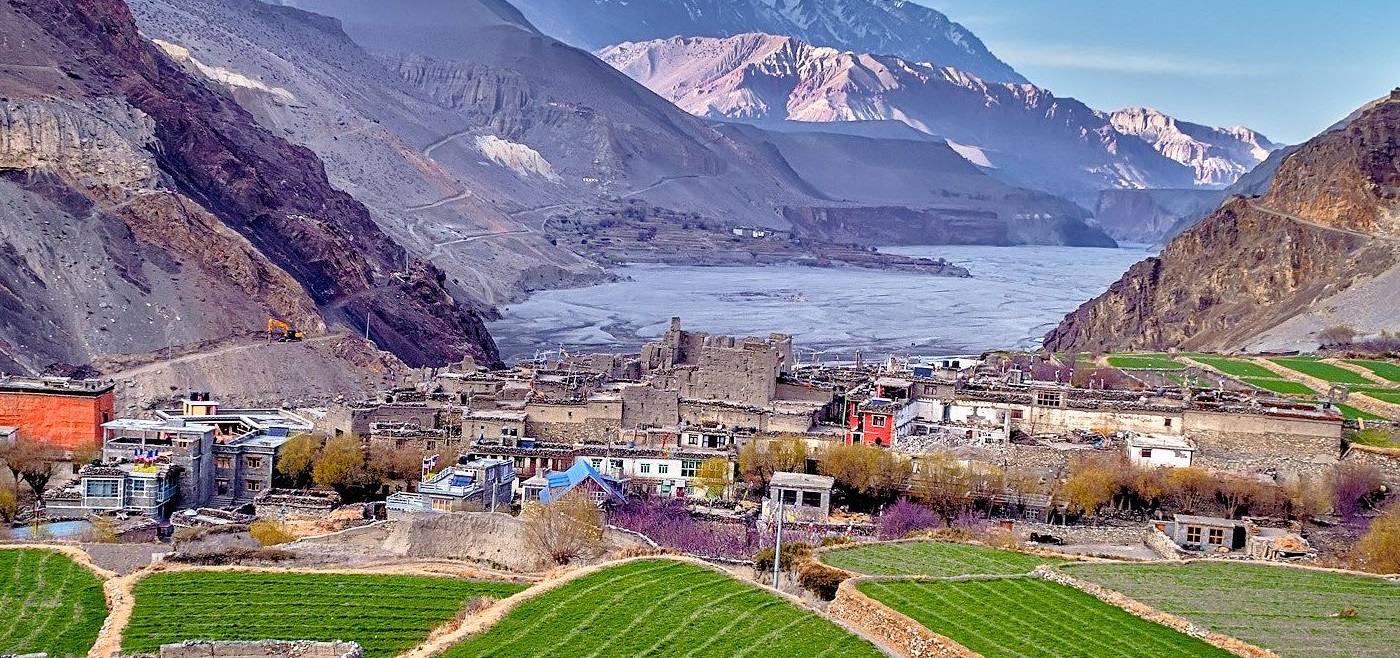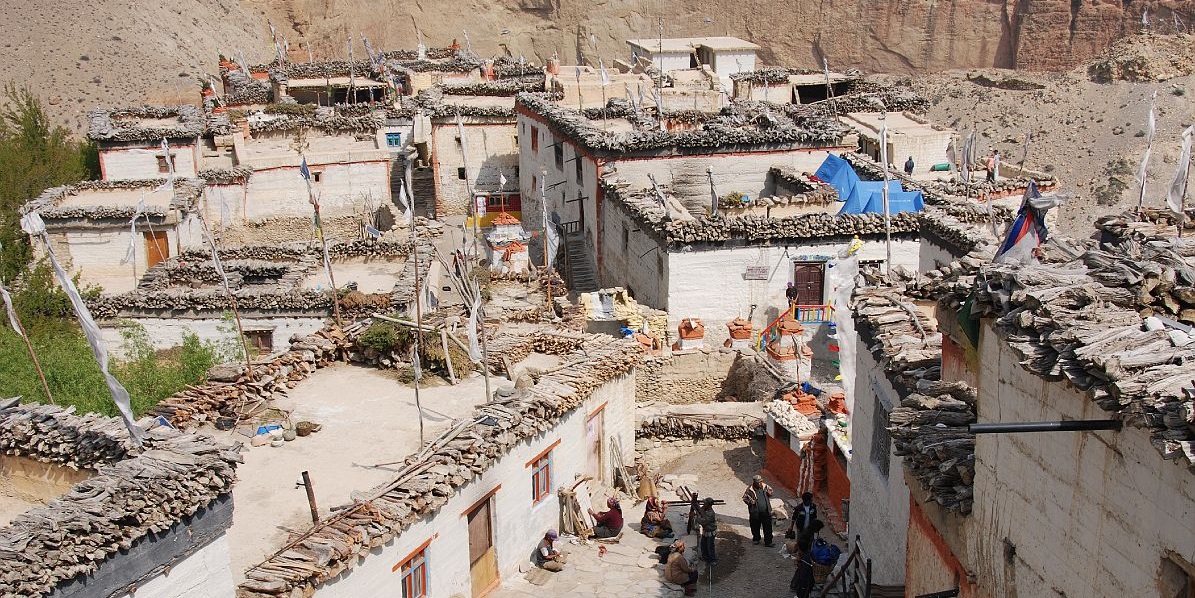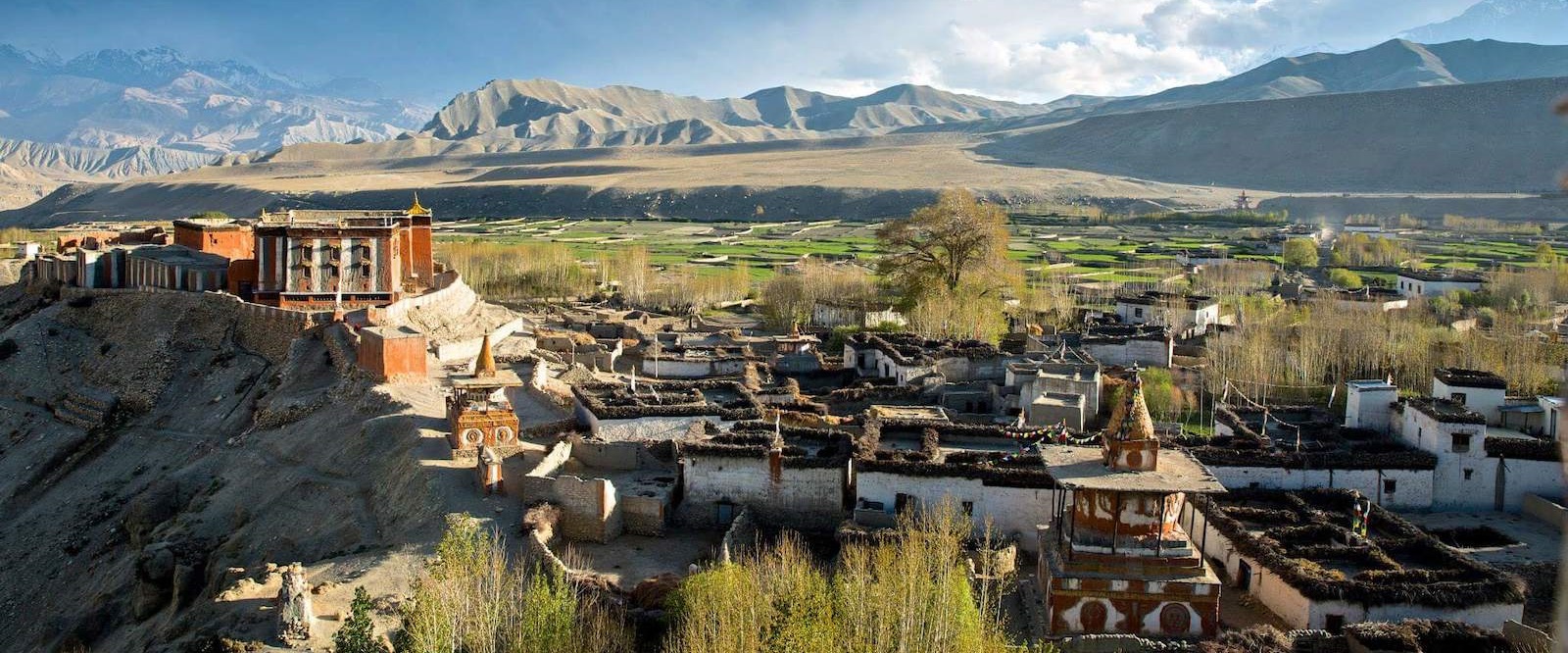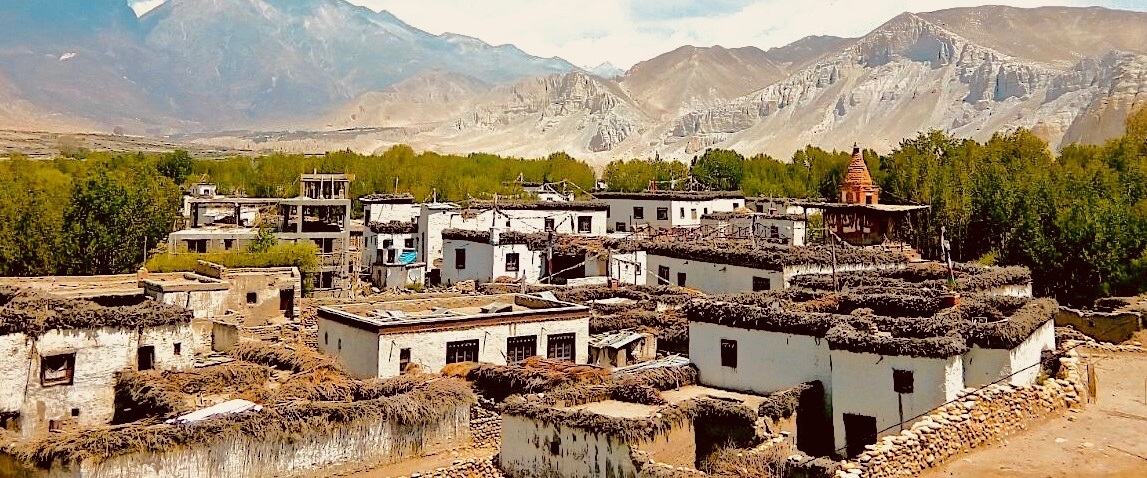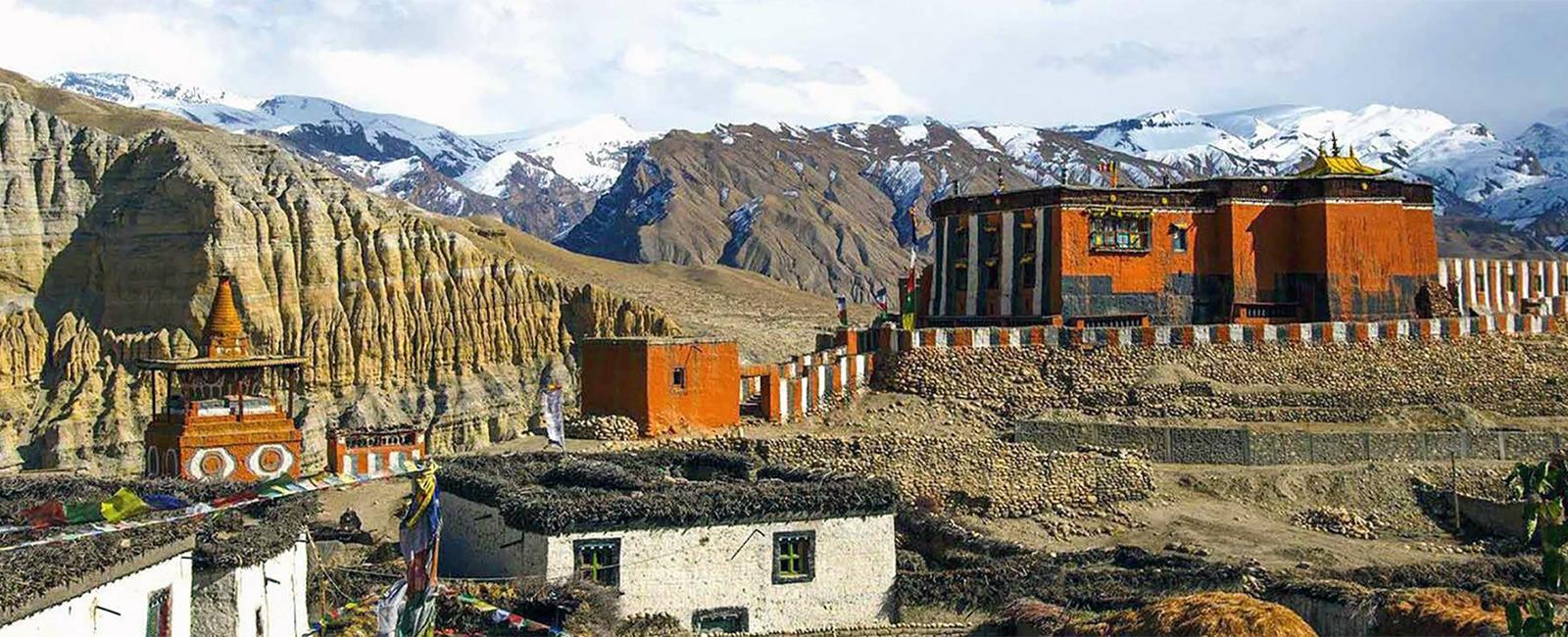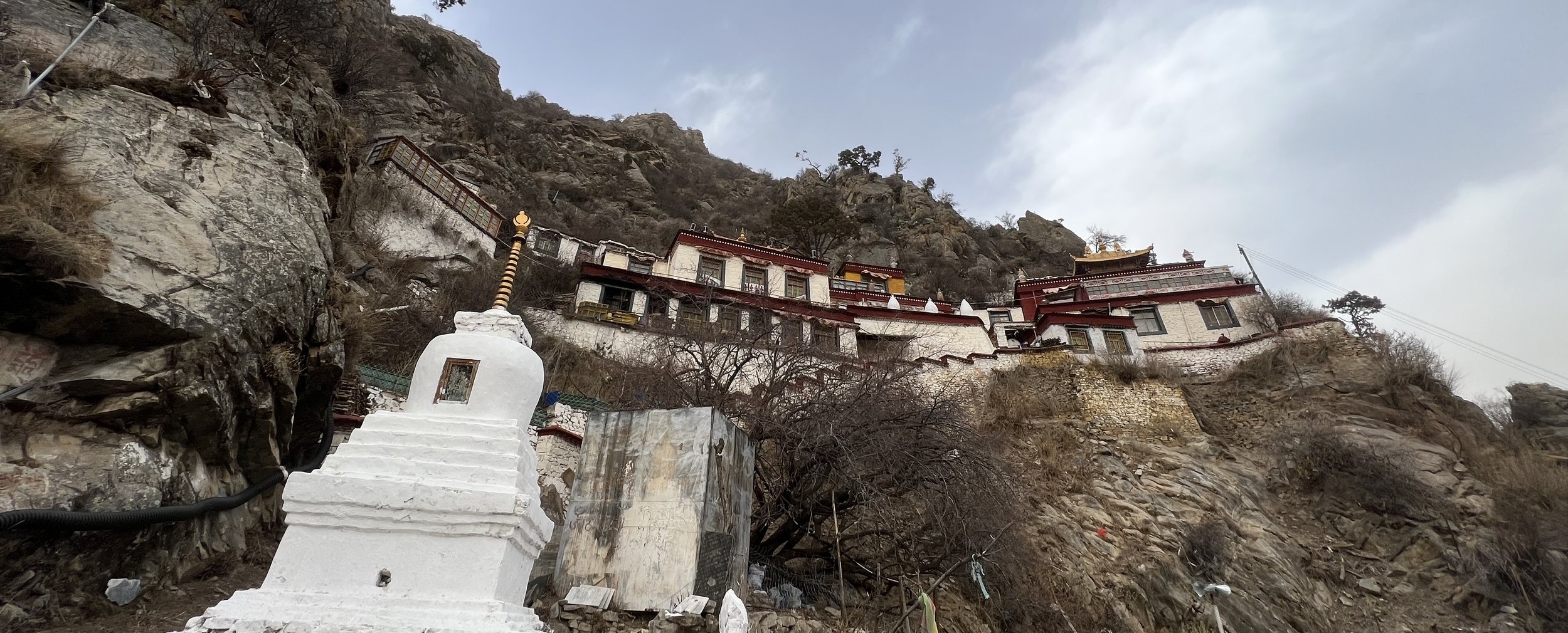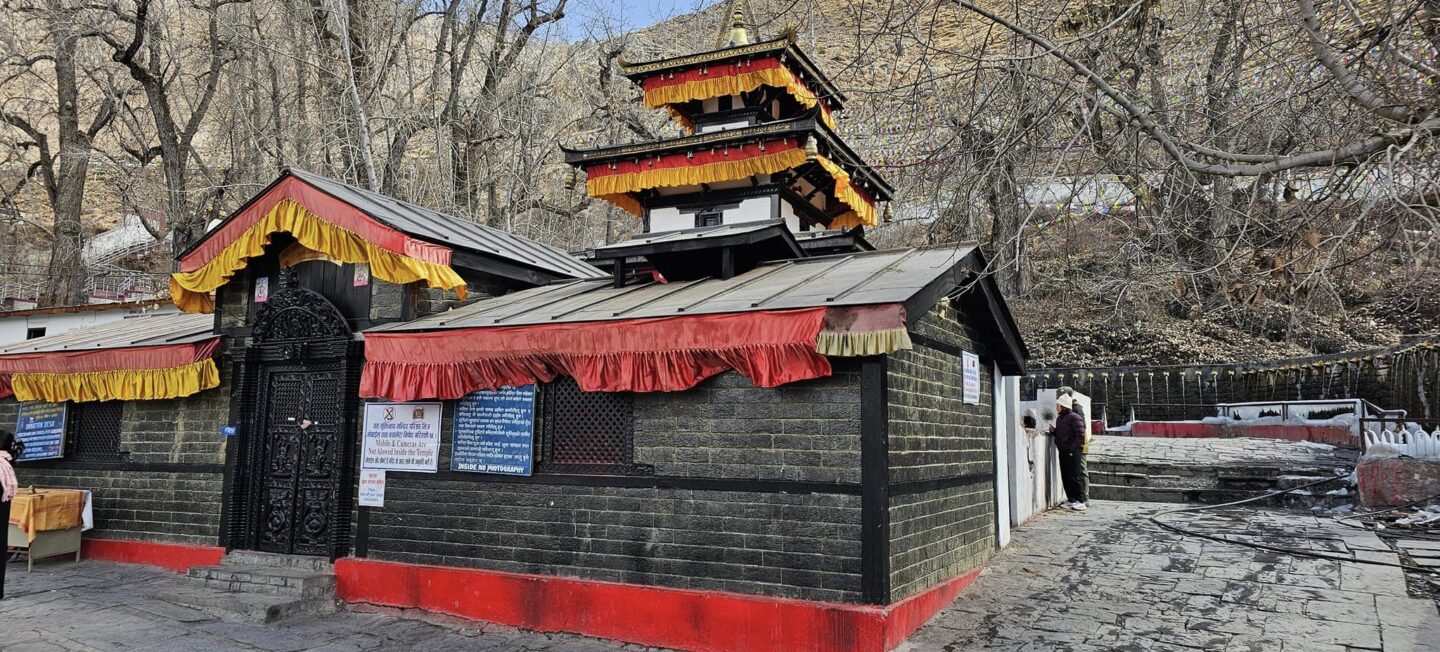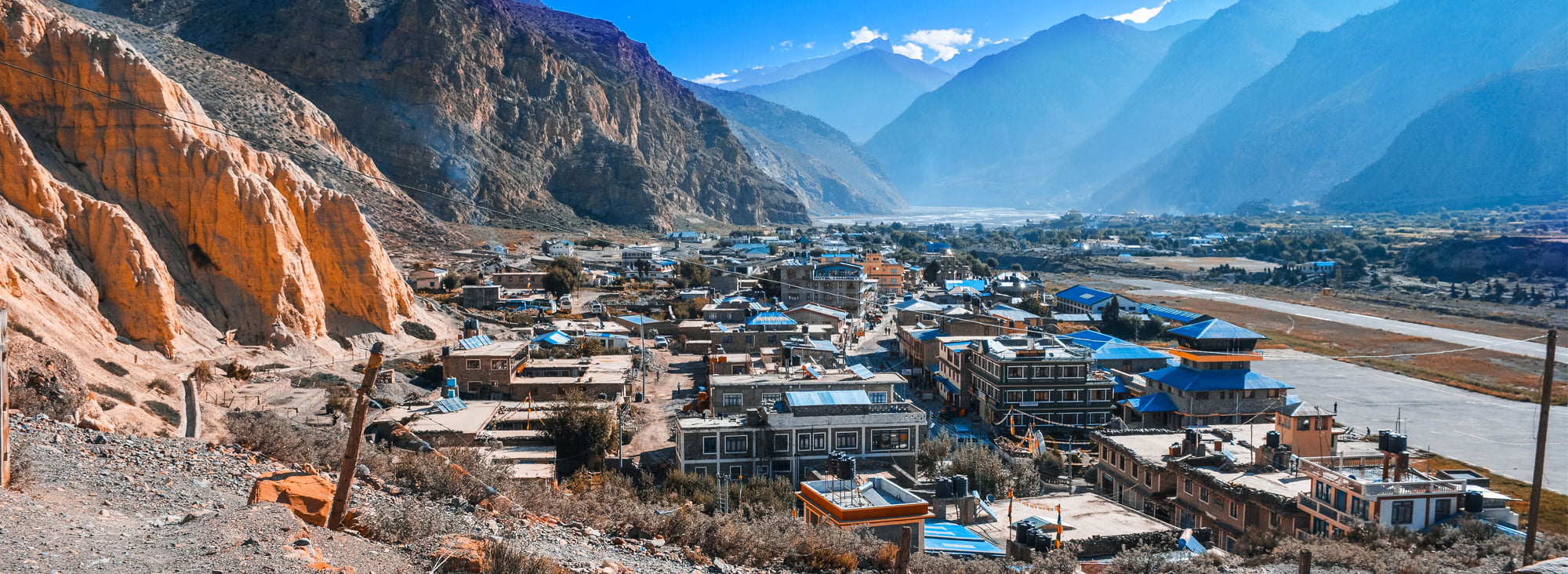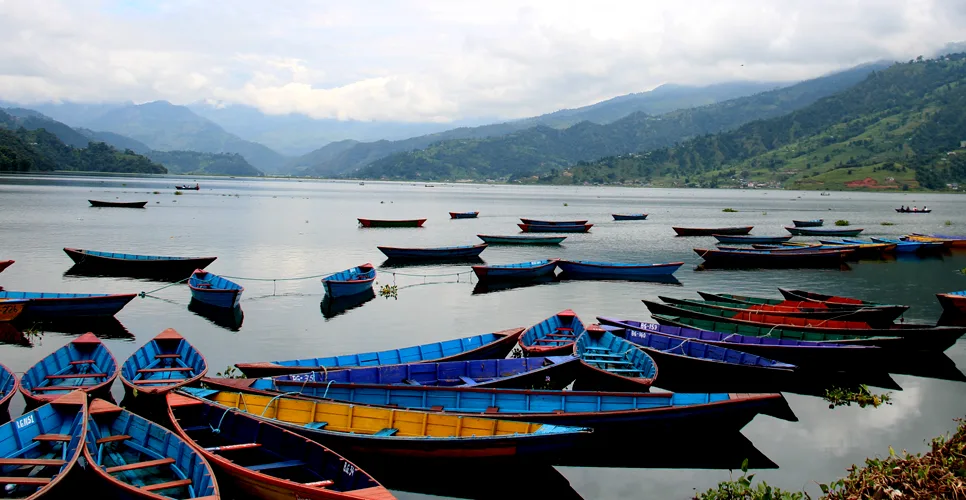Upper Mustang Trek
Group Discounts |
|
| 1 Pax. | US$ 1800 PP |
|---|---|
| 2-4 Pax. | US$ 1695 PP |
| 5-7 Pax. | US$ 1595 PP |
| 8-10 Pax. | US$ 1450 PP |
| 11-14 Pax. | US$ 1395 PP |
| Over 15 Pax. | US$ 1350 PP |
Trip Highlights of Upper Mustang Trek
- Feel the atmosphere across the desert of Nepal during your Upper Mustang Trekking.
- Discover one of the most curious kingdoms in Lo-Mangthan and Kagbeni.
- Worship Muktinath, which is considered the home of “Lord Shiva.”
- Embrace the local culture of Sherpas and Tibetian people around the Gandaki region.
- Witness some of the best mountain ranges in the world in Annapurna and Dhaulagiri.
- Shop local produce items and fruits such as Apple of Jomsom.
- Visit 100-year-old Gumbas, temples, and monasteries on the road to Mustang.
Most Asked Questions by Travellers
The average day for the mustang trek is generally 17 days, based on your plan and itinerary. However, sometimes the trek days can be increased to even 30 days with plenty of side plans and can be completed within just 14 days.
Upper Mustang is slightly restricted to the tourist to preserve the tradition and culture of the local people. Before 1992 it was limited entirely to tourists.
The best time to go on the Upper Mustang Trek is during the spring (March to May) and autumn (September to November) seasons. During these months, the weather is stable, the skies are clear, and the temperature is mild. Winter (December to February) and monsoon (June to August) are less ideal due to harsh conditions and the possibility of snow and rainfall.
For the Upper Mustang Trek, you need the following permits:
- ACAP (Annapurna Conservation Area Permit)
- Upper Mustang Restricted Area Permit (this requires a special permit due to the region’s sensitive cultural and political status)These permits are generally arranged by the trekking company, ensuring that you don’t have to worry about the application process.
The highest point on the Upper Mustang Trek is Lo Manthang, located at an elevation of 3,800 meters (12,467 feet). However, you’ll experience gradual altitude gain and may pass through several scenic ridges, monasteries, and Tibetan-influenced villages.
The highest point on the Upper Mustang Trek is Lo Manthang, located at an elevation of 3,800 meters (12,467 feet). However, you’ll experience gradual altitude gain and may pass through several scenic ridges, monasteries, and Tibetan-influenced villages.
Accommodation is mainly in guesthouses, with basic amenities, including a bed, blankets, and shared bathrooms. In the higher altitude regions, the facilities may be simpler, but they offer warmth, and the local hospitality is welcoming. You’ll get a chance to experience the unique culture of the Mustang people during your stay.
Most teahouses offer a mix of local Tibetan and Nepali food, such as Dal Bhat (lentil soup and rice), Thukpa (noodle soup), Tibetan bread, and Momos (dumplings). You can also find Western options like pasta, pancakes, and eggs. It’s essential to drink plenty of water to stay hydrated.
The Upper Mustang Trek is considered moderately challenging. It involves trekking in a remote and high-altitude environment, so you must be prepared for altitude sickness and be in good physical shape. The lack of oxygen at higher altitudes can cause fatigue, so adequate acclimatization is key to enjoying the trek.
You’ll need standard trekking gear, including:
- Warm clothing (layers for varying temperatures)
- Good trekking boots
- A sleeping bag (if not provided by the company)
- Sunglasses, sunscreen, and a hat (due to the strong sun)
- A daypack to carry essentials during daily trekking
- Water bottles or a purification system for hydration
Yes, we offer an option to return by helicopter instead of trekking back down. This is a popular option for those looking to save time or those with limited physical endurance. Helicopter services are typically available from Jomsom, the final stop before heading back to Pokhara or Kathmandu.
Altitude sickness is a common issue during the Upper Mustang Trek, but it can be managed. Gradual acclimatization is crucial. The trek is designed with enough rest days to help you adjust to the altitude. Drink plenty of water, avoid alcohol, and rest when needed. If you experience severe symptoms (headaches, nausea, dizziness), descend immediately and seek medical attention.
The Upper Mustang Trek offers unique cultural experiences, with visits to ancient Tibetan Buddhist monasteries and the medieval kingdom of Lo Manthang. The stark, desert-like landscape with cliffs, caves, and ancient fortresses adds to the trek’s charm. It’s often referred to as “the last forbidden kingdom” because it was once closed to outsiders.
The cost of the Upper Mustang Trek can vary based on the trekking company and the services they provide. Generally, prices range from USD 2,000 to USD 3,500 for a 17-day trek, including permits, guide, porter, accommodation, meals, and transportation. If you opt for a luxury trek with upgraded services like helicopter returns or high-end accommodations, the cost will be higher.
- Lo Manthang, the walled capital of Mustang
- Tibetan monasteries and caves
- Scenic views of the Annapurna and Dhaulagiri ranges
- Cultural encounters with the Mustang people
- Breathtaking landscapes, from desert-like terrain to lush valleys
- Ancient fortresses, including the Mustang King’s Palace
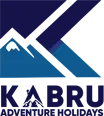


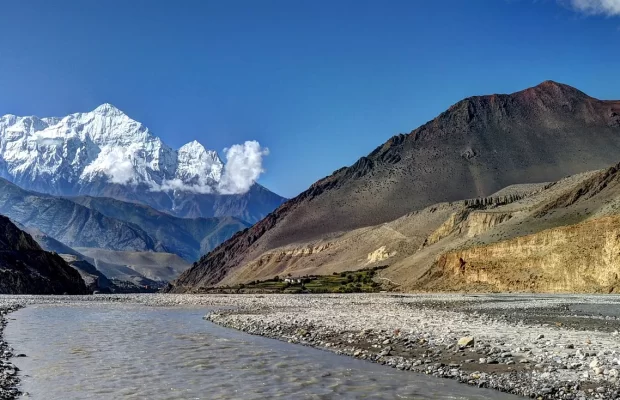
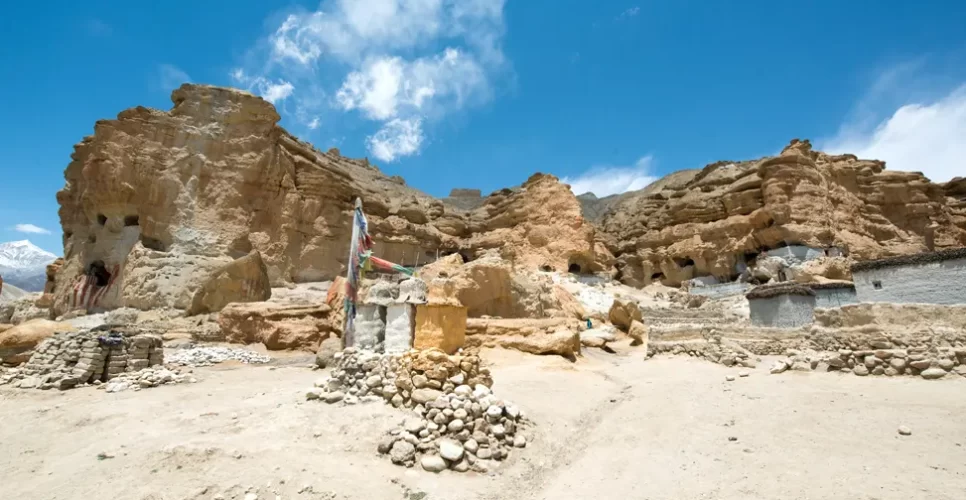
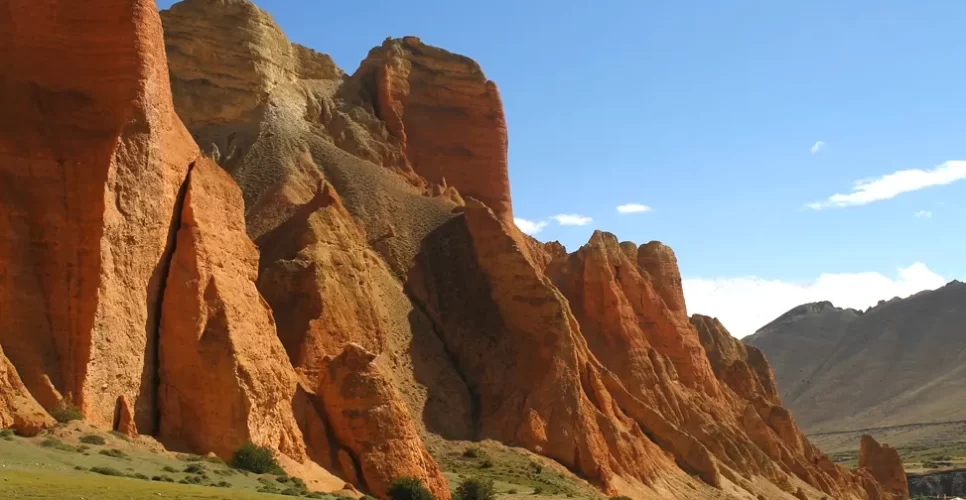
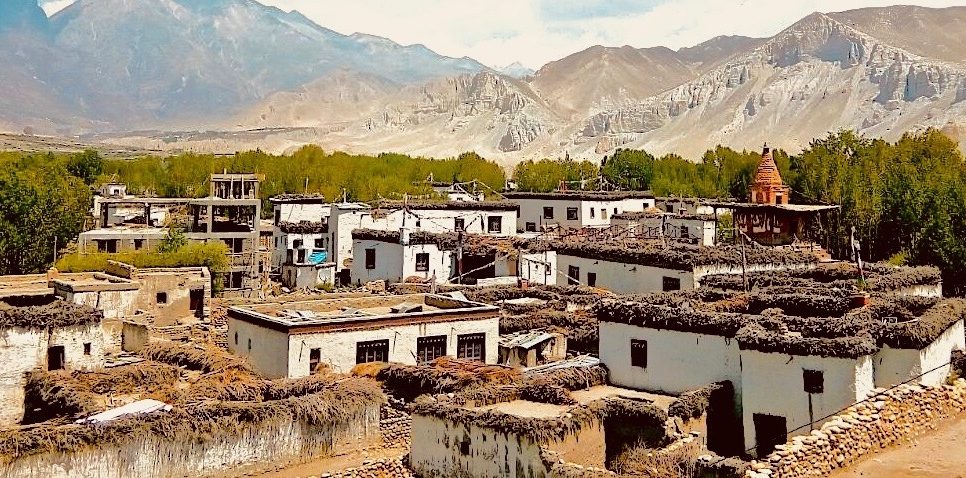
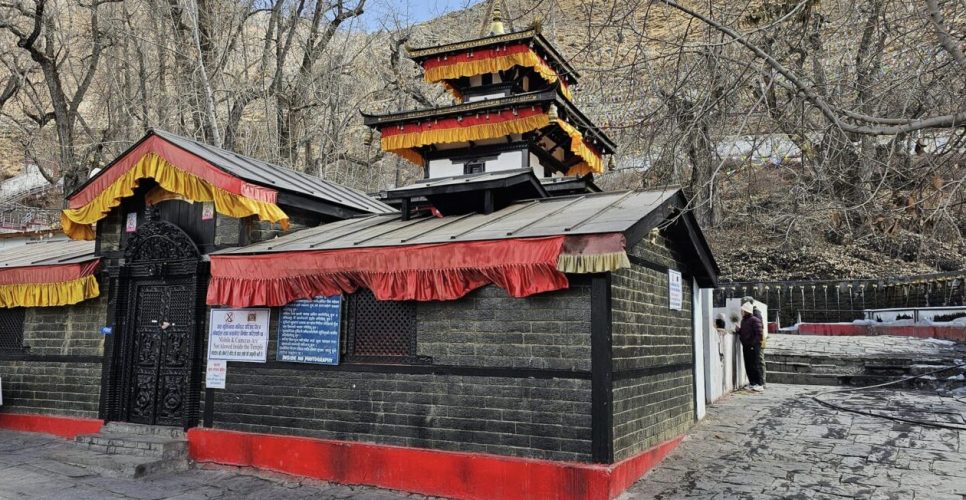
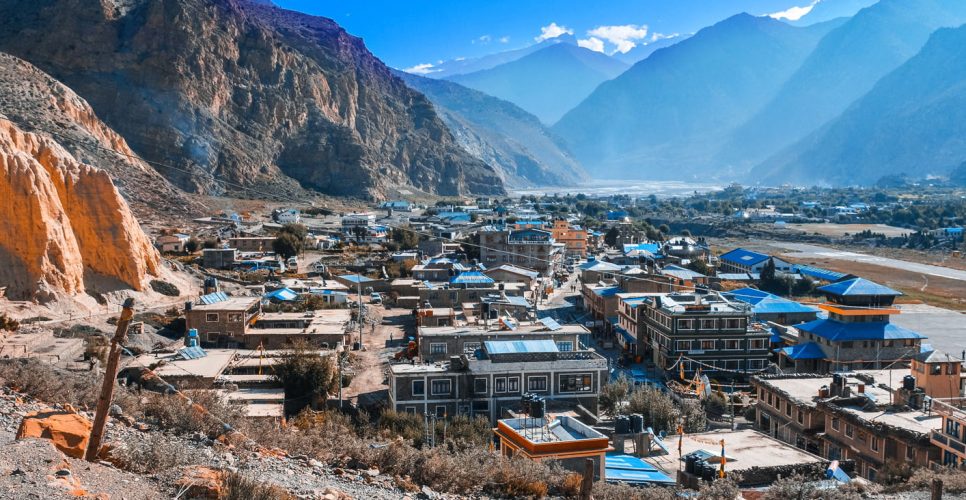
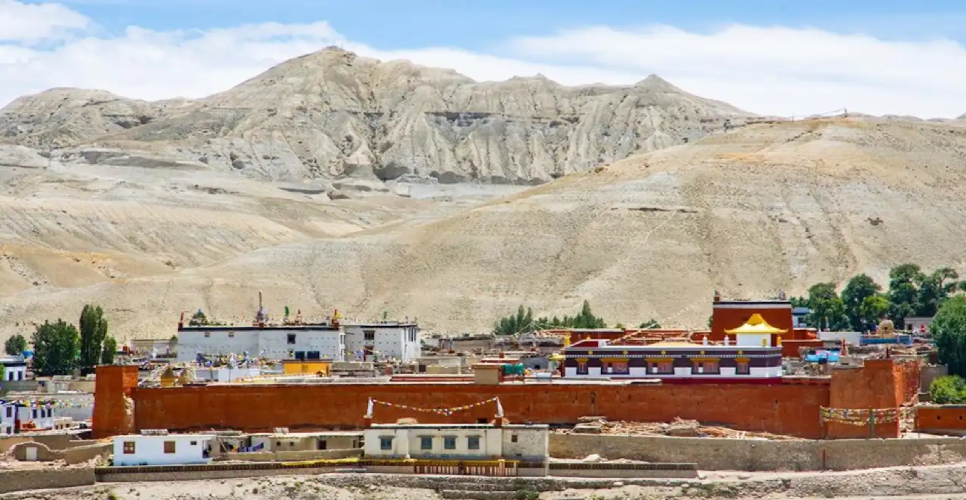
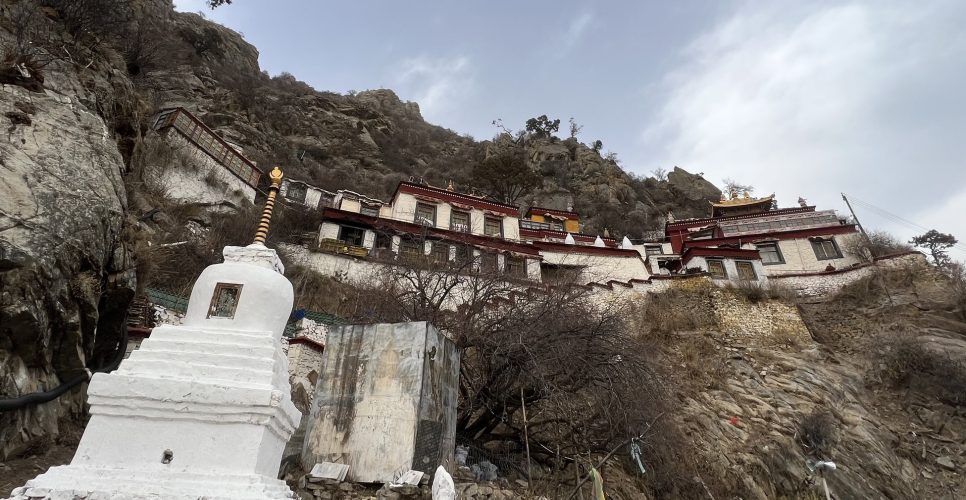
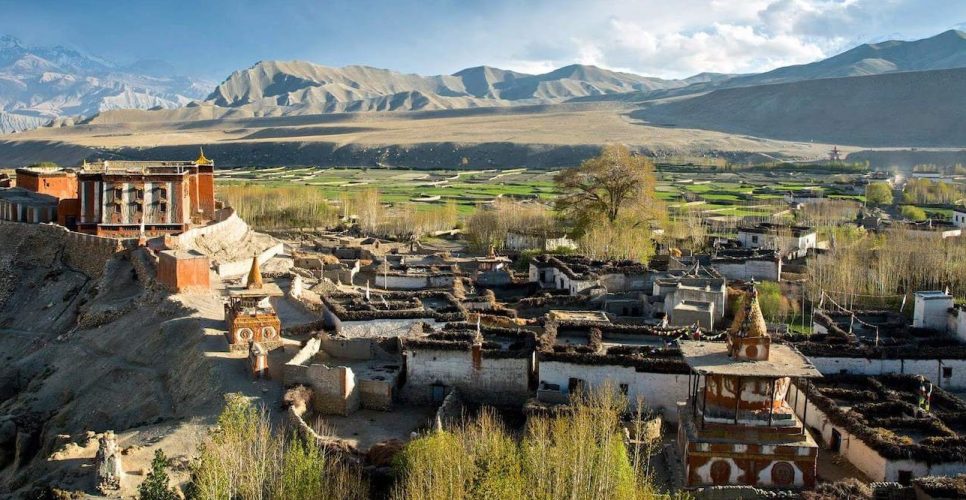
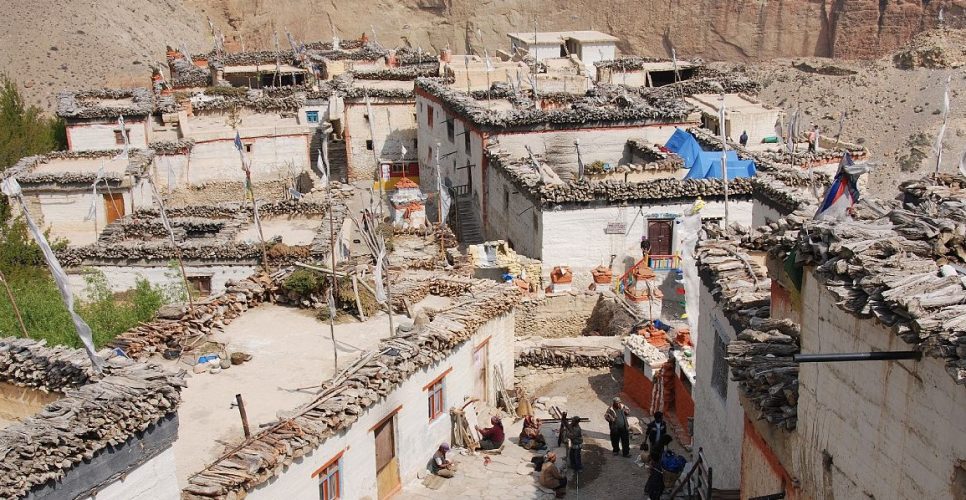
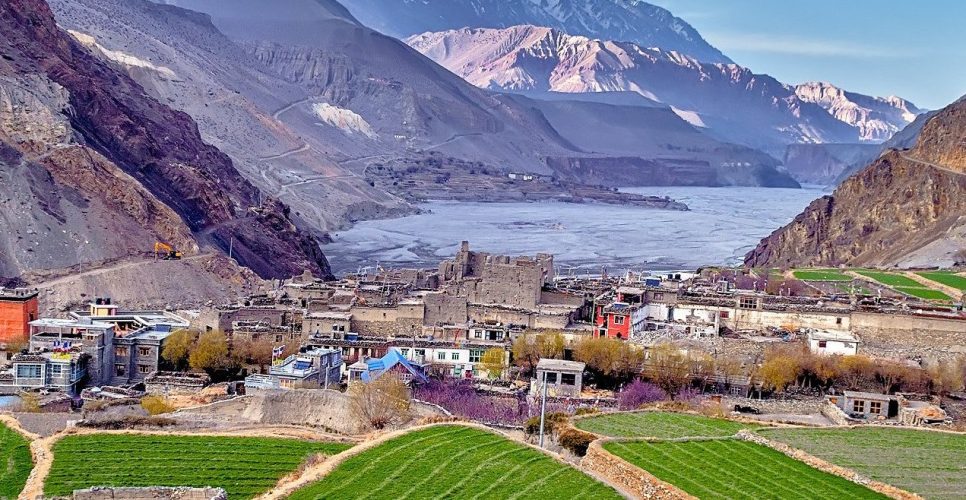
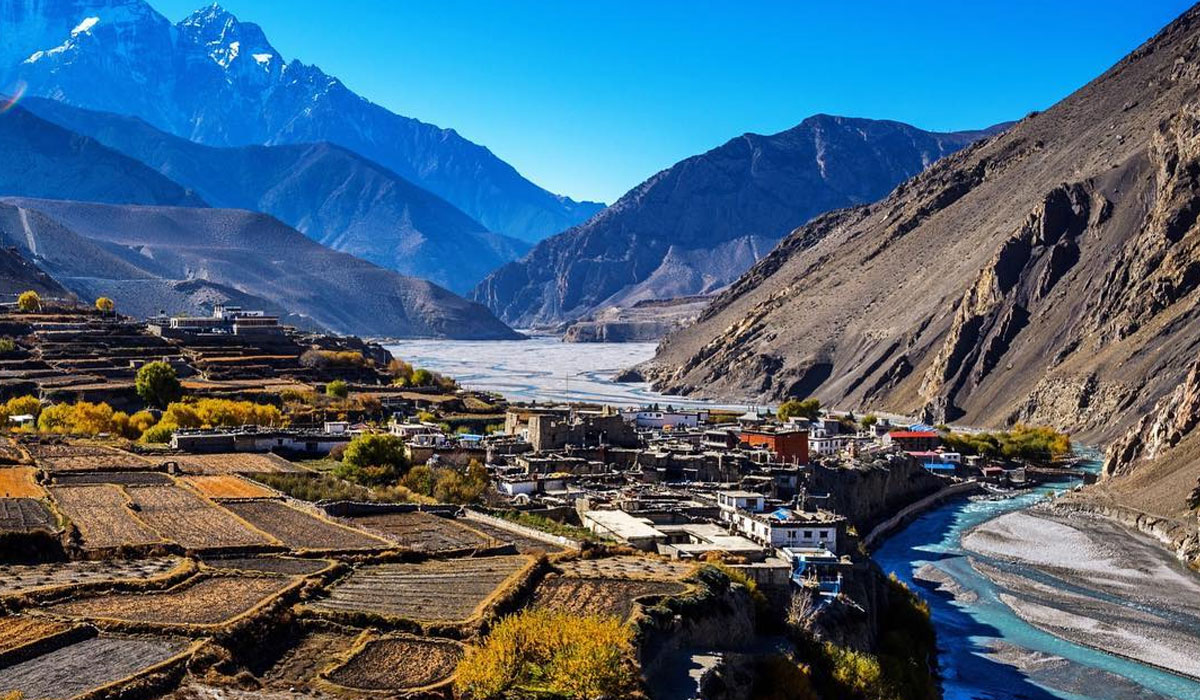 Upper Mustang Trekking is among the most popular trekking routes from Nepal. It goes from Kaligandaki, Kagbeni, Jomsom, and Muktinath temple.Upper Mustang is regarded as “The Forbidden Kingdom” since it was restricted to access before.
Upper Mustang Trekking is among the most popular trekking routes from Nepal. It goes from Kaligandaki, Kagbeni, Jomsom, and Muktinath temple.Upper Mustang is regarded as “The Forbidden Kingdom” since it was restricted to access before.
